10 Cheap Vegetable Garden Ideas

Reap the benefits of growing your own food without breaking the bank with these cheap vegetable garden ideas! It’s time to grow your own vegetables and fruits easily, at home in your own backyard.
When I first started growing my own vegetables, I had a lot of gardening space but no extra expenses to invest in spending on raised beds, pots, truckloads of soil, and starter plants and trees from the nursery.
I knew that I wanted to grow my own food and become more self sufficient and there had to be a way to get my garden space productive without costing me a fortune.
Today in this post, I share with you ten cheap vegetable garden ideas that I used to start my own garden for less money, and still have thriving soil, plants and a beautiful abundant harvest of fresh vegetables come summer.
It’s totally possible to have a garden and save money at the same time. Take these tips and apply them to your gardening space. I’d love to hear how it goes for you. Comment below with your own cheap vegetable garden ideas and let’s do this together.
Growing a veggie garden is a fun and rewarding project for any beginner gardener or homesteader. Save time, and money on gardening this year and your grocery bill with these frugal veggie gardening ideas.
When I planted our first garden when we lived in the city, I spent $500 plus dollars for soil, seeds, seed starters and all the gimics only to end up with a handful of tomatoes and a few beans.
Talk about disappointing, that’s the last thing I want beginner vegetable gardeners like you to experience. Since then I’ve learned a few things and now have more than enough food to feed my family and preserve that I’m able to sell or give most away!
Here’s my 10 money saving ideas for beginner gardeners like you!
Planting a vegetable garden is often our first hand experience of feeling like a real homesteader. Do you have a large garden plot, raised beds, or container planting?
Even if you are planting a vegetable garden for the first time, these tips will help you save money on your grocery bill.
Here on the ranch, we have a large fenced in garden plot and use the lasagne method to keep our soil rich.
By the end of the summer, our vegetable garden is over grown and our days are filled with harvesting, eating, selling and preserving our crops.
Then we put the garden to bed for the winter.
Here are some of the things we’ve learned to save money on our vegetable garden, I hope you find inspiration as you plan your vegetable garden this year.
1.PLANT FROM SEED
Seeds are a fraction of the cost as seedlings. Some vegetables plants that grow easy from seed are those you can just throw into the soil and get a return without having to transplant and “baby.”
I often have the most success with starting peas, lettuces, squash varieties, carrots, beets and corn from seeds
Plants like tomatoes, onions and peppers I find do better from seedlings.
This winter I snagged heirloom seeds for 75% off in December. Nurseries have to discount seeds from previous growing years because companies can no longer stand by the germination rates.
BUY SEEDS IN BULK
BUY IN THE WINTER
SAVE SEEDS – read the post, seed saving for beginners here.
ACCESS A SEED LIBRARY
BUY SEEDS AT THE DOLLAR STORE
We’ve found that growing vegetables that grow easily and quickly is your best bet to save money. Look at how much they are at the grocery store and determine if it’s worth the effort to grow.
Think about what your family currently eats a lot of that you could take off the grocery list by planting at home. There’s no point in growing rows of lettuce if you don’t often eat salad.
Don’t waste your time growing vegetables that are hard to grow for beginners, especially if they are cheaper to buy at the grocery store than the time dedicated to growing them.
You can save time and money by planting veggies that are easy to grow and also expensive to buy from the grocery store during growing seasons.
Reasons to Grow a Herb Garden Even On Your Balcony
Often I’ve noticed in the spring a lot of people starting seeds indoors and selling the plants online or hosting their own plant sale in peak growing season.
With the profit you’d make on your extra plants that you won’t need for your family you’ve more than made back your seed cost. Read here my how to guide for hosting a plant sale.
Related: How to Make Money Homesteading
Use recycled materials for planting necessities. For seed trays try egg cartons, yogurt containers instead of all the expensive gimmicks you purchase from your local garden store. I’ve found I’ve spent way to much on seed trays and soil pucks.
Also starting seeds in a larger pot then spreading them out into smaller pots once they’ve germinated can be one way of using less plastic to start seeds.
Read more frugal seed organization tips here
Saving seeds at the end of the growing season saves time and money for the next year. To ensure that you can save seeds at the end of the growing season, you’ll need to make sure they are heritage, heirloom non gmo seeds.
You can even buy them in bulk and packages to really save. Check out this sur vival seed pack!
Some public libraries also have a seed exchange library where gardeners can access free seeds with the deal of returning more at the end of the year to the seed bank.
Either way you’ll end up spending less and most likely having excess vegetables than if you were to purchase your veggies from the grocery store all summer long.
My favourite heirloom tomato varieties
RELATED: Seed Saving for Beginners
There are a number of ways to plant a veggie garden, in pots, containers, raised bed and even hanging baskets. The most efficient and least expensive is a no till organic garden bed straight on the grass.
Yes, planting right on the grass using the Lasagne Method or Back to Eden Garden bed method.
Do use the right soil. It is also good for beginners to understand what type of soil is best for vegetables.
Typically, you want to have some organic matter and compost, such as leaves and bark in the soil.
This tends to work better than straight soil and fertilizer when trying to grow vegetables in the yard. You can also let a local nursery know that you are planning on growing vegetables, and they will point you toward a good soil.
Read about how to build a lasagne garden bed here.
Good luck and and have fun eating more veggies- for free!
These are the vegetables I always plant for easy preserving in the fall like Zucchini, tomatoes and pumpkins.
All of these ideas above are set to help you get started as a beginner gardener without breaking the bank just as I did, but the truth is, trying to save money can cost you more in the long run.
Here are a few tips for what you can’t cheap out on in your garden. Trust me don’t take the shortcuts.
When you first start thinking about gardening, you might want to do it because of the potential for having your very own vegetables.
This is a wonderful thing to have at home, and some vegetables are very easy to grow. However, there are also some mistakes that people tend to make when planting vegetables for the first time.
Here are some important dos and don’ts to follow.
Do choose a good planting location. To start with, make sure you are planting the vegetables in the right location. It is best that you start small, since that helps you better manage the space and choose a good location.
You need to know about the types of vegetables you intend to plant first so you know if they need full sunlight or partial shade.
Don’t try to plant too many types of vegetables at once, but stick to a few of the easy ones, like squash and green beans.
Make sure to test out succession planting for longer, more spread out yields.

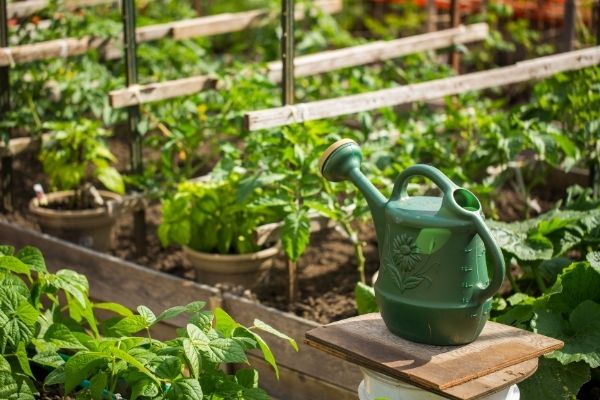
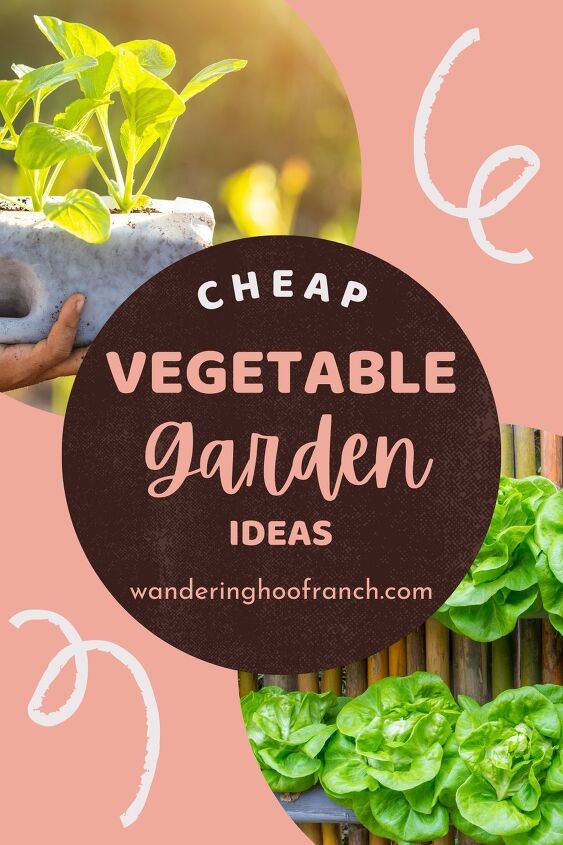








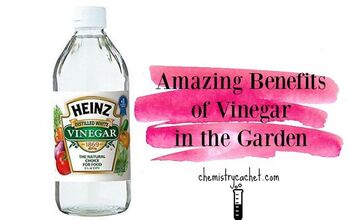





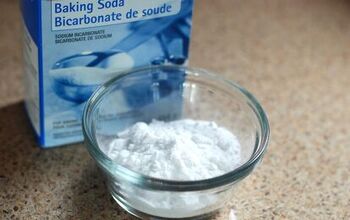









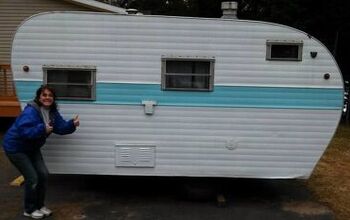

Comments
Join the conversation